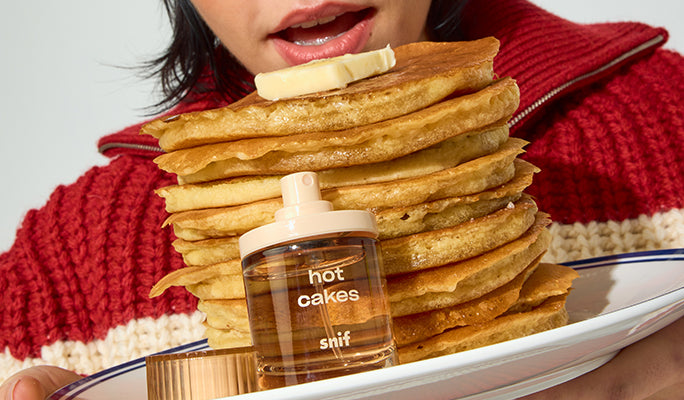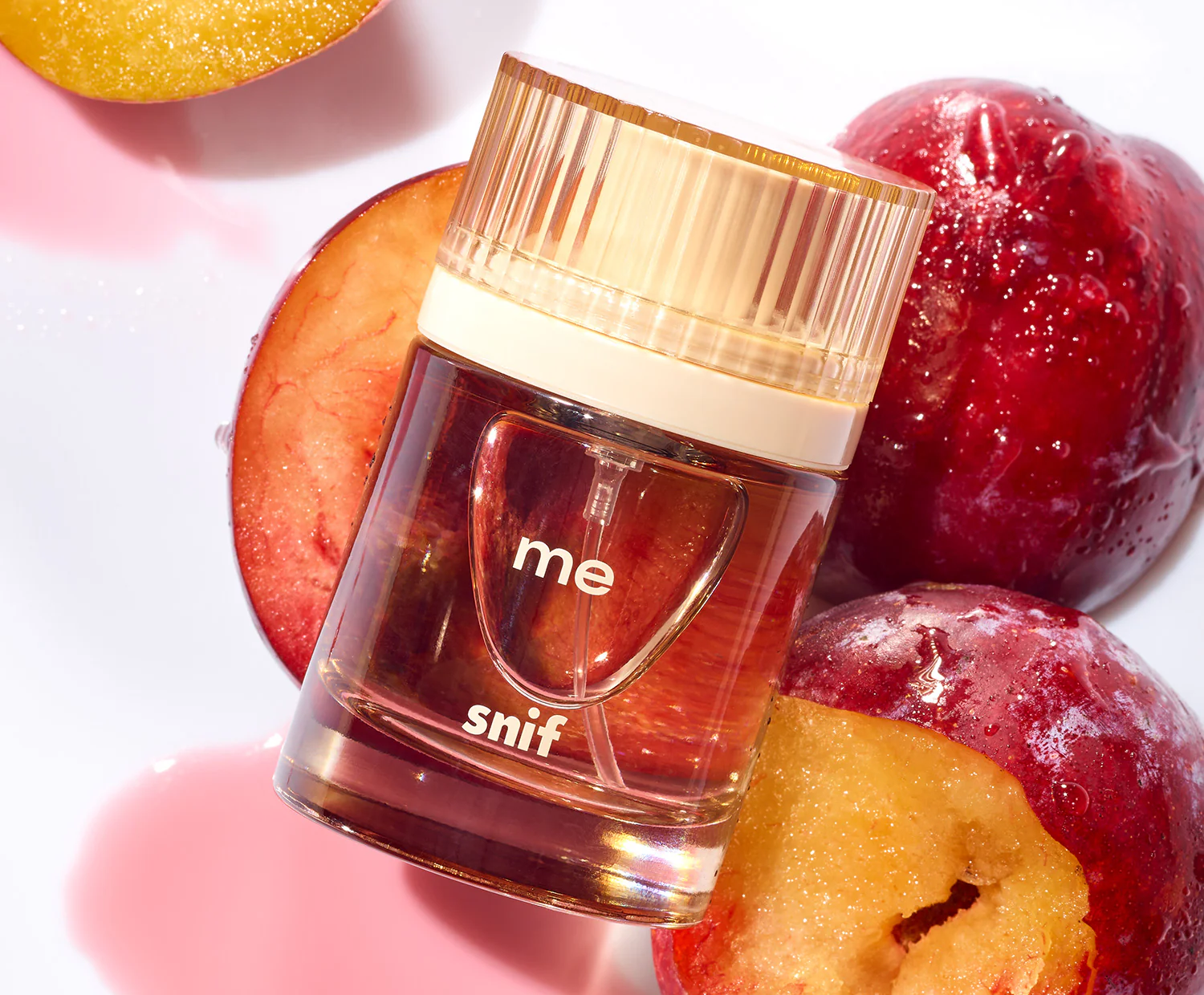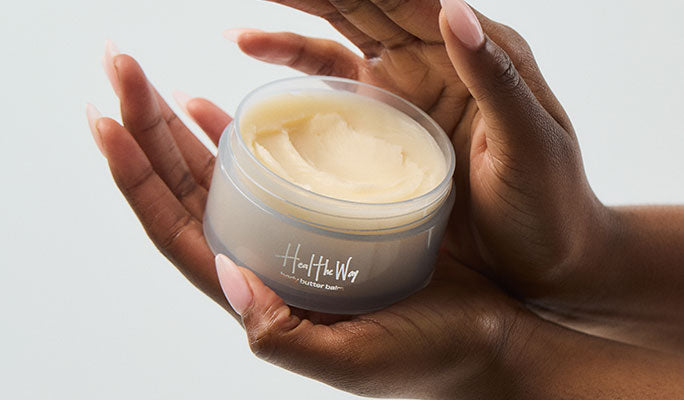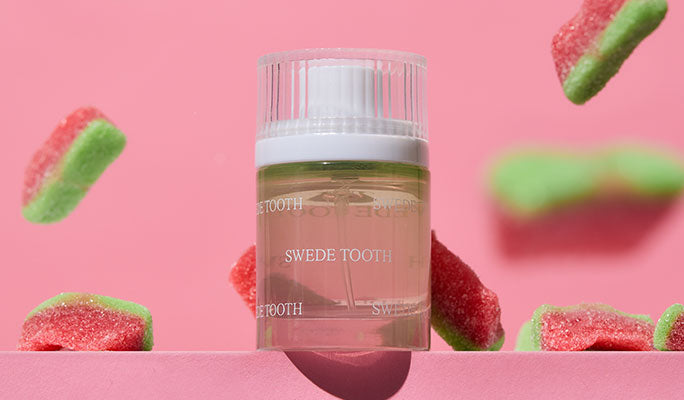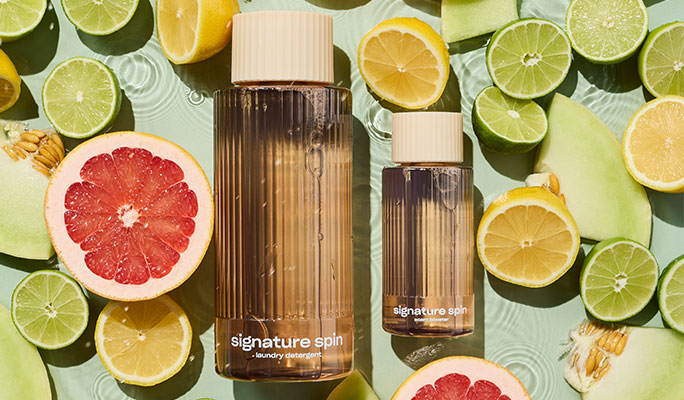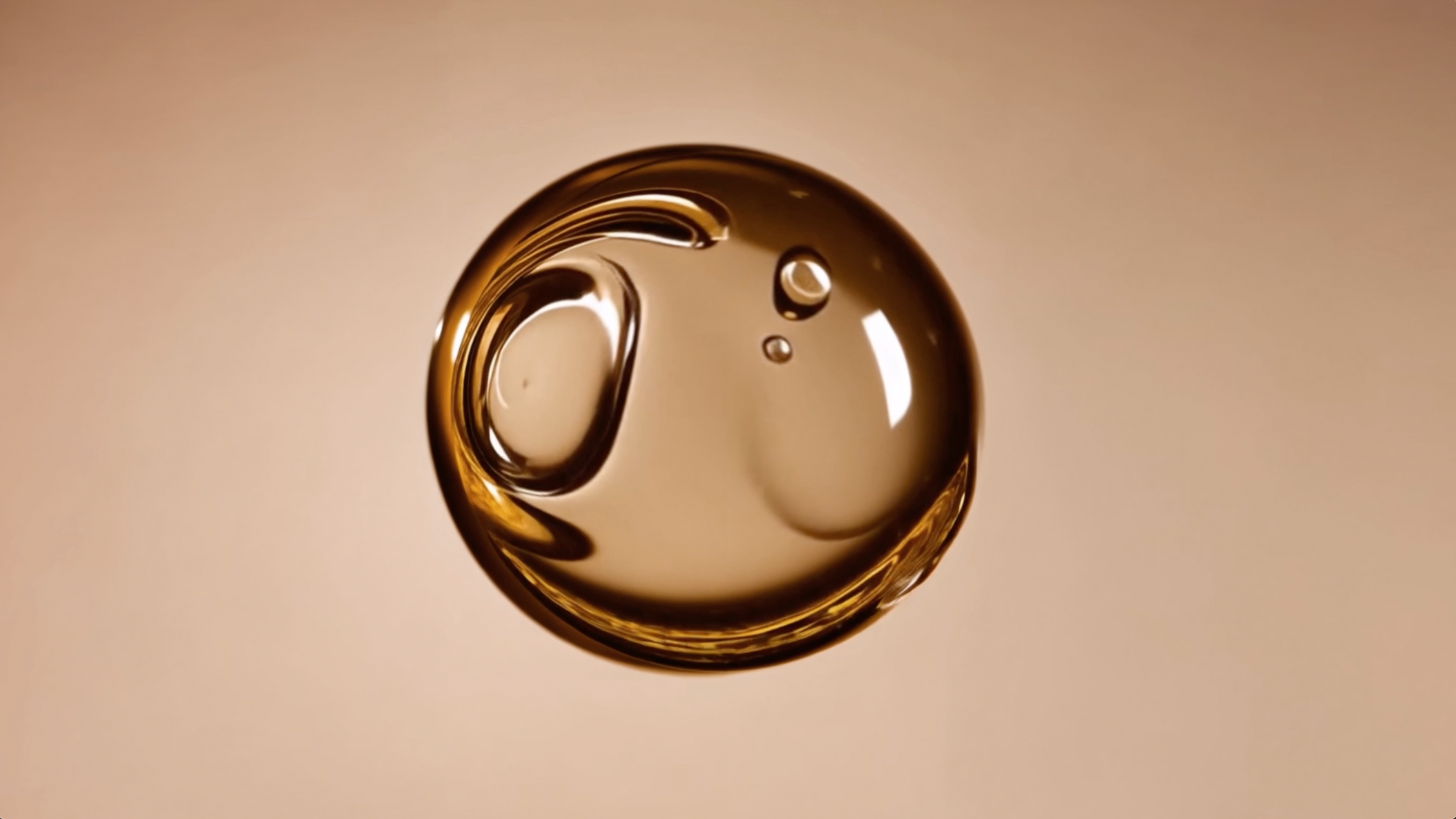Washing clothes is a chore that has existed for thousands of years. Isn’t it about time we make it easier for ourselves and healthier for the planet? Creating a sustainable laundry routine for you and your family can be a simple and impactful way to save water, energy, time, and money.
It can be tricky to rethink how you do your laundry after decades of doing it the same way. The truth is that eco-friendly washing can be super easy if you know how to go about it.
Today, we’ve compiled a list of 10 practical and efficient ways to make your laundry habits sustainable and energy-efficient while continuing to provide you with clothing that is clean and fresh.
1. Use Cold Water When Possible
Believe it or not, a simple switch like using primarily cold water when doing your laundry can make a massive difference to your carbon footprint. Heating up the water that’s used in your washing machine uses a significant amount of energy.
By using cold water, you can conserve hot water for other purposes throughout your home and reduce your energy use. In some parts of the world where electricity is made from fossil fuels, this small change can also help reduce greenhouse gas emissions.
Plus, using cold water to wash your clothes is not only sustainable for the planet… but also for your wallet. Without a need to heat the water, your household energy consumption will be reduced, along with your electricity bill.
2. Upgrade Your Laundry Detergent
Another convenient way to improve your laundry routine is to upgrade your laundry detergent. There are several qualities to look for in the products you use to wash your clothing.
The most important is, of course, its cleansing power and how effective the detergent is at removing stains. When a detergent is high-quality and works well, there’s a smaller chance of having to re-wash your garments, which can help you conserve water.
Something else to consider when selecting a detergent is the product’s formula — and Snif’s clean, vegan, cruelty-free Laundry Collection has your back.
Not sure where to begin? Reach for our Laundry Starter Pack, which includes two products: our Everything Wash Detergent and Liquid Scent Booster.
Our Everything Wash Detergent can clean up to 32 loads of laundry, meaning you can get more washing done per bottle when you choose Snif. As an added bonus, you can select from a number of our best-selling scents, including Sweet Ash, Spice Break, and Tart Deco.
Our Liquid Scent Booster is designed to be used instead of damaging fabric softeners. Fabric softeners contain harmful chemicals that are meant to make materials feel softer, but damage the quality of your clothes over time. Our Liquid Scent Booster is crafted with fabric-safe, non-irritating ingredients.
3. Clean the Lint Trap
A lint trap is a filter in your dryer that catches small debris. Without a lint trap, the vent system in your dryer would be at risk of getting clogged more frequently.
Cleaning out the debris from your lint trap helps the machine run more efficiently. This will increase the likelihood of your dryer getting the job done in just one cycle — which also helps reduce energy usage.
Another benefit of consistently cleaning out your lint trap is that it helps to keep your household safe. Because lint buildup is flammable, a full lint trap is actually considered a fire hazard. Give yourself some peace of mind, and remember to clean out your lint trap after using your machine.
4. Try Reusable Dryer Sheets
The traditional purpose of dryer sheets is to soften your clothing, avoid static cling, and make your laundry smell extra clean… but the problem is that these sheets get thrown out after a single wash cycle.
Trying reusable dryer sheets is an easy way to dry your clothes sustainably. These sheets function the same as non-reusable sheets and accomplish all the same goals but are made from fabric materials that can be used for multiple rounds in the drying machine.
The top draw for using a reusable sheet is that it helps reduce waste. Standard dryer sheets usually go straight to the landfill after just one laundry cycle.
An extra perk of reusable dryer sheets is that many are designed to hold drops of essential oil. This gives users the ability to customize the scent of their finished laundry.
5. Air-Dry Clothes
The most sustainable way to dry your clothes is to skip using the drying machine altogether. This helps completely eliminate the use of electricity and water that typically comes with drying your laundry.
To air-dry your washed laundry, start by shaking out each article of clothing to remove any water that has been soaked up. You can also try wringing out the garments, though this could lead to more wrinkling of the fabric. Next, hang up the pieces indoors or outdoors from a clothesline or drying rack.
The drying time for your laundry can vary and depends largely on the airflow. Air drying is typically faster outdoors, especially if it’s a warm, sunny day, but it can take longer if there are high humidity levels.
Along with taking care of the planet, there are several benefits to air-drying your laundry. For example, this process tends to increase the lifespan of your clothing. Drying machines can cause garments to shrink and fade over time, which isn’t a concern when you choose to air-dry.
If the convenience of your drying machine is too hard to stray from, you can also consider just air-drying your clothing a couple of times a month.
6. Swap for High-Efficiency Machines
High-efficiency machines are washers and dryers built to be more cost-effective and eco-friendly than the standard models. Though you might not be able to get a new set of machines today, this is an investment to consider making down the line.
Though high-efficiency machines come with many unique benefits, their most popular quality is that they feature efficient cleaning techniques to provide you with spotless laundry, all while using less water and energy.
High-efficiency machines can wash and dry larger loads of clothing than traditional machines. They also use load sensing to estimate how big or small your load of laundry is and use the appropriate amount of water and energy. This investment can actually save you money by lowering your utility bills.
7. Cut Down on Plastic Jugs
Many laundry and cleaning products come in plastic bottles and jugs. Plastic is considered worse for the environment than other materials because it is non-biodegradable.
Plastic often leads to long-term pollution because it can take hundreds of years to decompose. When plastic finally begins to break down, it usually breaks into microplastics, which are extremely small pieces of plastic that are invisible to the naked eye.
Plastic products often end up in landfills. Because they do not decompose the way other materials do, they can stay there for long periods of time, taking up space.
In other instances, the plastic products will end up in natural environments, harming the ecosystem. Microplastics can end up in water, soil, and the stomachs of wild animals.
The most sustainable option is to reduce your use of plastic products. You can also opt to use products packaged in post-consumer plastic, which is plastic material that has already been used and then recycled to make something new.
8. Be Mindful of Product Waste
Typically when it comes to washing your clothes, the goal is zero-waste, but we all have slip ups every now and then. That’s why a more reasonable way to approach your laundry routine is to be mindful of product waste.
As we’ve already discussed, one of the simplest ways to do this is to avoid using too much detergent at once. Sticking to the guidelines of your washer and using only what is necessary comes with the added benefit of saving you money from having to buy products more frequently.
Another way to avoid wasting your laundry products is to make use of the packaging they come in. Recycle the boxes and bottles, or repurpose them for things like planters, pet food, and organizing your craft supplies.
Finally, aim to run full loads of laundry to minimize your water and detergent use. If you do run a small load, reduce the amount of detergent you put in. For example, if you’re using our Spice Break Everything Wash for a small load, use just one cap of product instead of two or three.
9. Choose Clean Ingredients
Understanding what your laundry products are made of is important for your health and the health of planet Earth.
Unfortunately, many products designed for cleaning clothes contain harsh ingredients like synthetic dyes and fragrances that might irritate sensitive skin.
Detergents and laundry sheets can also contain chemical ingredients that don’t break down easily in water, such as surfactants and phosphates. When these ingredients reach natural environments, they can harm our land and wildlife — the safer choice is an eco-friendly product made of plant-based, biodegradable ingredients.
Snif Everything Wash Laundry Detergents and Liquid Scent Boosters are high-performing and fabric-safe formulas designed to maintain the integrity and colors of your garments.
All our laundry products are clean, non-toxic, non-irritating, vegan, cruelty-free, and made without synthetic dyes.
10. Avoid Laundry Pods
The main appeal of laundry pods is that they are convenient for washing. That said, they come with a pretty negative environmental impact.
These pods come with a PVA coating. PVA stands for polyvinyl alcohol, and though it is designed to break down in your washer, some studies suggest that it does not fully dissolve in natural water systems, resulting in plastic pollution.
Pods typically come packaged in single-use plastic containers that are tricky to recycle and often lead to waste. Between the two, liquid laundry detergent is the better choice for environmental protection.
Laundry Like a Pro
Even small alterations to your daily life, like changing the way you wash and dry your clothes, can have a positive impact on the planet. Simple actions like using cold water, cleaning your lint trap, and using detergents with better ingredients can reduce your carbon footprint.
Being more conscious about your laundry routine can also increase the lifespan of your garments and machinery, cut down on the cost of your cleaning products and utility bill, and keep you safe from harmful chemicals.
By making eco-friendly updates to your current laundry practices, you will be able to develop a sustainable routine that is easy and efficient.
Sources:
Appliance and Electrical Fire Safety | USFA
Microplastics: A Real Global Threat for Environment and Food Safety: A State of the Art Review | PMC
The use of phosphate in detergents and possible replacements for phosphate | NIH
